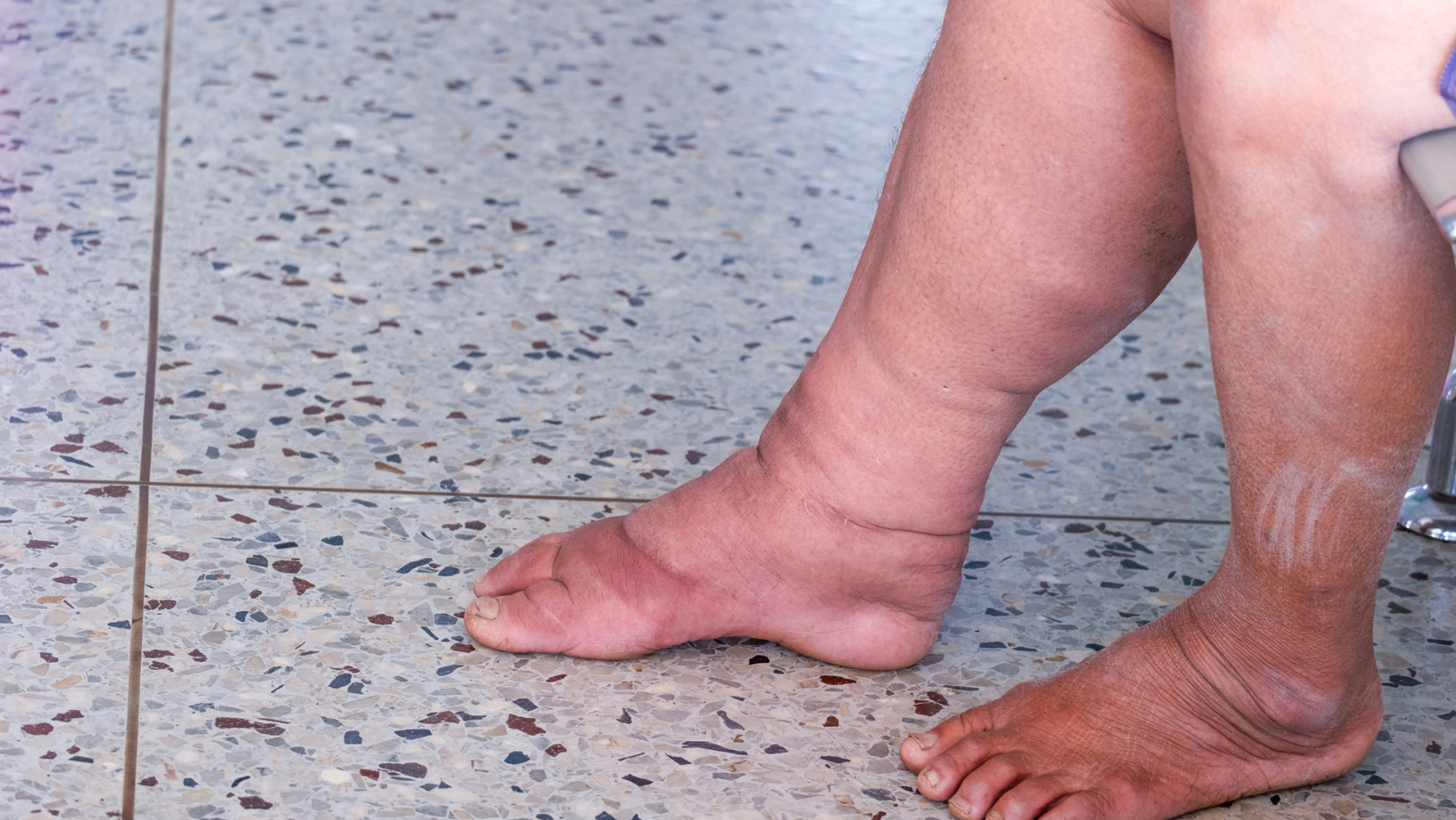Category
Lymphedema is a chronic condition characterized by the accumulation of lymphatic fluid, leading to swelling in certain body parts.

Have any questions?
If you have any questions, feel free to contact us at [email protected]. A member of our support team will help you shortly.
Share this blog
Fatigue
Energy
Stress
Sleep
Lymphedema is a chronic condition characterized by the accumulation of lymphatic fluid, leading to swelling in certain body parts. Understanding the symptoms, causes, and practical management approaches is crucial for individuals dealing with lymphedema to enhance their quality of life.
Lymphedema often manifests through noticeable symptoms, primarily in the arms or legs. Common signs include:
Lymphedema can be categorized into primary and secondary forms, each with distinct causes:
While lymphedema is a chronic condition with no cure, practical management approaches can help control symptoms and improve overall quality of life:
Individuals with lymphedema need to seek prompt medical attention if they experience:
Lymphedema is a chronic condition that requires ongoing management
to control symptoms and prevent complications. Individuals with
lymphedema can lead fulfilling lives by understanding the
symptoms, recognizing potential causes, and adopting practical
management approaches.
Collaboration with healthcare professionals, including lymphedema
therapists and physicians, is essential to tailor a comprehensive
management plan. With proactive self-care, adherence to prescribed
therapies, and regular monitoring, individuals can effectively
navigate the challenges posed by lymphedema and maintain an
optimal quality of life.